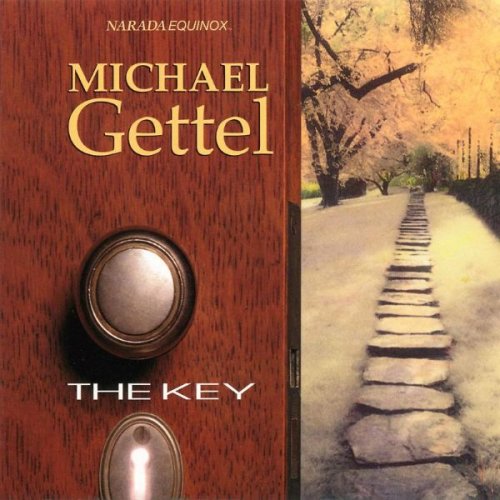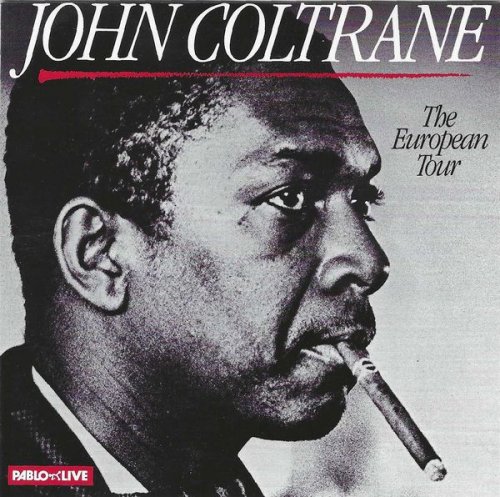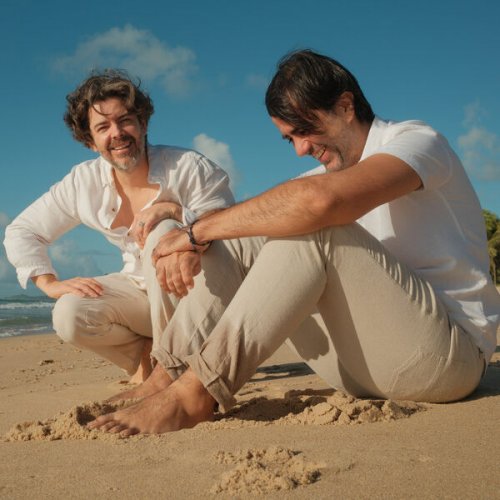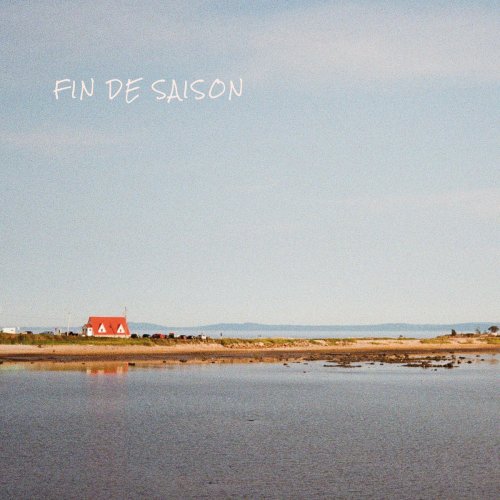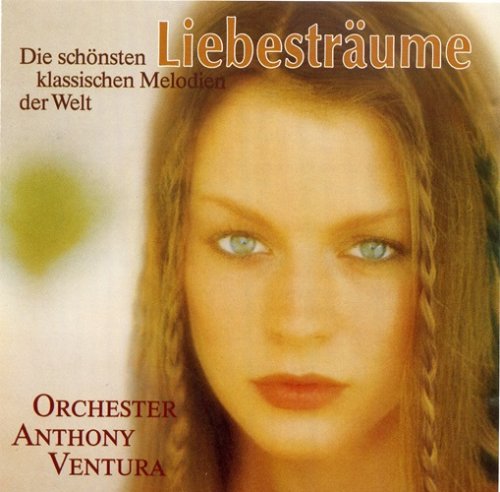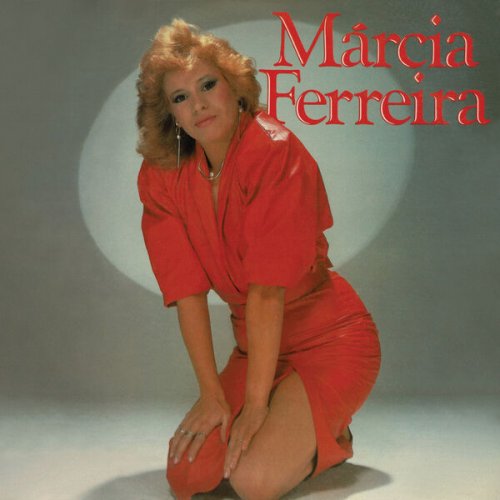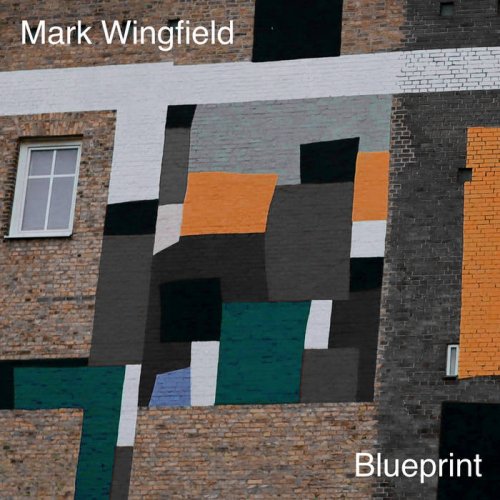Mark Wingfield with Jane Chapman and Adriano Adewale - Zoji (2021) [Hi-Res]
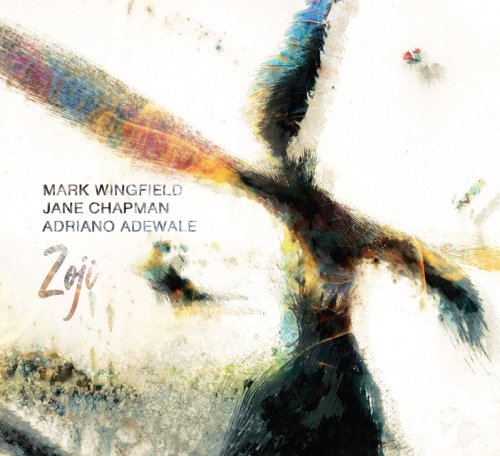
Artist: Mark Wingfield, Jane Chapman, Adriano Adewale
Title: Zoji
Year Of Release: 2021
Label: MoonJune Records
Genre: Jazz, Fusion
Quality: FLAC (tracks) [88.2kHz/24bit]
Total Time: 1:04:50
Total Size: 1.2 GB / 416 MB
WebSite: Album Preview
Tracklist:Title: Zoji
Year Of Release: 2021
Label: MoonJune Records
Genre: Jazz, Fusion
Quality: FLAC (tracks) [88.2kHz/24bit]
Total Time: 1:04:50
Total Size: 1.2 GB / 416 MB
WebSite: Album Preview
01. City Story (5:11)
02. Seven Faces Of Silence (6:36)
03. Persian Snow Leopard (8:18)
04. Parallel Time (8:42)
05. Land On Sky (6:39)
06. Sun Court (3:18)
07. Wind Falls Cliffs Rise (7:22)
08. Pasquali Dream (2:20)
09. Zoji Pass (6:08)
10. Prélude Sinueux (4:22)
11. Viaduct Road (5:49)
Personnel:
MARK WINGFIELD - guitar, soundscapes
JANE CHAPMAN - harpsichord
ADRIANO ADEWALE - percussion, vocals
Parallel Times. Dizzying constellations of notes netted within the soundboard of the harpsichord, quill-plucked and sent spinning in darting arcs and ascending steps. . . Harmonic fog adrift from which notes slip out in silvery streaks, gleaming with passion, while some, disconsolate, fall into dark silence snuffing out their glow. . . Cymbals sizzle and resonate, ceding space to the crackle of shells shaken. Wood, skin, clay all brushed, touched and tamped, honed into accents and beats, breathing between the firefly flurries criss-crossing through their time. . .
When Mark Wingfield, Jane Chapman and Adriano Adewale came to breathe life into these ornate and dazzling compositions they collectively embarked on a process that would have them prospecting in the eddying silt of imagination and intuition. As each player exchanged ideas, modified aspects of the pieces, and brought their energy, momentum, and focus to the work, new and exciting music swirled into being.
Making music and making a record is, to a lesser or greater degree, all about personal transformation. Something that previously only existed in concept is given tangible form, a creation unique to the moment that’s tethered to specific locations, in this case Chapman’s house and Wingfield’s studio.
Given the mesh of ancient and contemporary sounds emanating from the performances captured here, it’s entirely fitting that one of the first joint performances by Mark Wingfield and Jane Chapman in 2006 should have taken place in the auspicious surroundings of what was once composer George Frideric Handel’s house in London’s Brook Street from 1723 until his death in 1759. That Jimi Hendrix was resident in the next-door flat for a year during the late 1960s also provides an intriguing convergence; two very different and diverse worlds separated by a layer of bricks, mortar, and time.
The poetic frisson that might spring from such an unlikely juxtaposition can also be felt when listening to Wingfield’s work with Chapman, as the wildly contrasting timbre of harpsichord and electric guitar combine and flow together.
Although they released Three Windows in 2008, with saxophonist Iain Ballamy adding his distinctive colours on that occasion, it would be several years before Wingfield began writing music with Chapman in mind, with a few more years of busy, conflicting schedules delaying the duo from working together again. Wingfield’s attraction to the harpsichord, he says, stems in part from seeing of the venerable instrument as a giant guitar. “From a composer’s point of view, this is the ultimate guitar composing landscape. I also liked the challenge of writing something that doesn't have any dynamics to it. With the harpsichord, every note is exactly the same volume.So it's all got to be done with subtle changes in timing to give the feeling of a dynamic.” The layering of the harpsichord which is a feature of this record is achieved without double-tracking but by means of Chapman’s instrument, a copy of an 18th Century French harpsichord, with two keyboards, enabling Chapman to play notes on both manuals quickly in order to create the vibrant patterns that reverberate across the album.
There’s an obvious relish with which Chapman addresses Wingfield’s compositions. Her engagement with the music goes beyond merely playing the notation before her. An intrinsic part of this album's development is the extent to which she was able to apply different approaches or make suggestions about the arrangements. “Mark is extremely open-minded but with a clear musical focus, which meant that we were really able to work easily together on his pieces,” explains Chapman, who goes on to describe the origins to the two pieces not composed by Wingfield. In Pasquali’s Dream the solo harpsichord piece is overlaid with sounds created by playing the inside of the instrument such as using a pencil to sound the strings behind the bridge, all accompanied by live birdsong. “Pasquali’s Dream is inspired by his instruction book written in 1763 on how to play figured bass. Prélude Sinueux is based on an anonymous unmeasured prelude from the early 18th century. The notation is such that it allows the performer a lot of rhythmic and stylistic freedom. Picking up on this aesthetic, Mark and I took it to its limits, turning it into something else.”
Wingfield has nothing but admiration for the way Chapman connected to his work and wasn’t at all precious about her desire to make alterations. That personal dynamic is part and parcel of their way of working. “She’d listen and say, ‘Well, how about if I played like this’ or ‘this section is a bit boring. Why don’t you write something better’ (laughs). If I felt the idea was an improvement, I would say, ‘Yeah, great. Let's do it that way’ and I'd adjust the score. From my perspective this collaboration always improved the final version of the pieces.
It was in listening back to the recordings that Chapman and Wingfield began working on the fine detail and structure of the music, and only then it became apparent that an extra dimension was needed and that it would come from percussion. Chapman explains, “We realised that percussion would be a vital ingredient. We wanted to steer clear of more conventional approaches, but rather to create tension, drive, colour, and punctuation“
Wingfield says, “I knew what I wanted to hear. Somebody who really painted pictures with percussion and maybe used voice, but I didn't know anybody that did that.” It was a recommendation from his frequent collaborator, drummer Asaf Sirkis, that led the guitarist to contact Brazilian-born Adriano Adewale. Finding a distinctive niche within the music that had already been recorded could have presented some difficulties but London-based Adewale relished the challenge and welcomed the opportunity to extend his playing. “The ideas proposed by the album's compositions and sound world was something new to me. I remember listening to the pieces, while creating the arrangements for percussion, rehearsing and developing the percussive concept for the album. It was like being invited into a story, a fairytale or a legend with different chapters with each chapter occurring in a different space, place, or time.”
The result is a remarkable collection of music that sits beyond the usual stylistic considerations or generic boundaries, creating its own parallel time existing alongside our own time but not fully part of it. A luminous presence with echoes in other times, other places, perhaps Jane Chapman sums it up best: “What I enjoy about Mark’s compositions is that you are never sure exactly where he is taking you, and which new worlds they will reveal.”
When Mark Wingfield, Jane Chapman and Adriano Adewale came to breathe life into these ornate and dazzling compositions they collectively embarked on a process that would have them prospecting in the eddying silt of imagination and intuition. As each player exchanged ideas, modified aspects of the pieces, and brought their energy, momentum, and focus to the work, new and exciting music swirled into being.
Making music and making a record is, to a lesser or greater degree, all about personal transformation. Something that previously only existed in concept is given tangible form, a creation unique to the moment that’s tethered to specific locations, in this case Chapman’s house and Wingfield’s studio.
Given the mesh of ancient and contemporary sounds emanating from the performances captured here, it’s entirely fitting that one of the first joint performances by Mark Wingfield and Jane Chapman in 2006 should have taken place in the auspicious surroundings of what was once composer George Frideric Handel’s house in London’s Brook Street from 1723 until his death in 1759. That Jimi Hendrix was resident in the next-door flat for a year during the late 1960s also provides an intriguing convergence; two very different and diverse worlds separated by a layer of bricks, mortar, and time.
The poetic frisson that might spring from such an unlikely juxtaposition can also be felt when listening to Wingfield’s work with Chapman, as the wildly contrasting timbre of harpsichord and electric guitar combine and flow together.
Although they released Three Windows in 2008, with saxophonist Iain Ballamy adding his distinctive colours on that occasion, it would be several years before Wingfield began writing music with Chapman in mind, with a few more years of busy, conflicting schedules delaying the duo from working together again. Wingfield’s attraction to the harpsichord, he says, stems in part from seeing of the venerable instrument as a giant guitar. “From a composer’s point of view, this is the ultimate guitar composing landscape. I also liked the challenge of writing something that doesn't have any dynamics to it. With the harpsichord, every note is exactly the same volume.So it's all got to be done with subtle changes in timing to give the feeling of a dynamic.” The layering of the harpsichord which is a feature of this record is achieved without double-tracking but by means of Chapman’s instrument, a copy of an 18th Century French harpsichord, with two keyboards, enabling Chapman to play notes on both manuals quickly in order to create the vibrant patterns that reverberate across the album.
There’s an obvious relish with which Chapman addresses Wingfield’s compositions. Her engagement with the music goes beyond merely playing the notation before her. An intrinsic part of this album's development is the extent to which she was able to apply different approaches or make suggestions about the arrangements. “Mark is extremely open-minded but with a clear musical focus, which meant that we were really able to work easily together on his pieces,” explains Chapman, who goes on to describe the origins to the two pieces not composed by Wingfield. In Pasquali’s Dream the solo harpsichord piece is overlaid with sounds created by playing the inside of the instrument such as using a pencil to sound the strings behind the bridge, all accompanied by live birdsong. “Pasquali’s Dream is inspired by his instruction book written in 1763 on how to play figured bass. Prélude Sinueux is based on an anonymous unmeasured prelude from the early 18th century. The notation is such that it allows the performer a lot of rhythmic and stylistic freedom. Picking up on this aesthetic, Mark and I took it to its limits, turning it into something else.”
Wingfield has nothing but admiration for the way Chapman connected to his work and wasn’t at all precious about her desire to make alterations. That personal dynamic is part and parcel of their way of working. “She’d listen and say, ‘Well, how about if I played like this’ or ‘this section is a bit boring. Why don’t you write something better’ (laughs). If I felt the idea was an improvement, I would say, ‘Yeah, great. Let's do it that way’ and I'd adjust the score. From my perspective this collaboration always improved the final version of the pieces.
It was in listening back to the recordings that Chapman and Wingfield began working on the fine detail and structure of the music, and only then it became apparent that an extra dimension was needed and that it would come from percussion. Chapman explains, “We realised that percussion would be a vital ingredient. We wanted to steer clear of more conventional approaches, but rather to create tension, drive, colour, and punctuation“
Wingfield says, “I knew what I wanted to hear. Somebody who really painted pictures with percussion and maybe used voice, but I didn't know anybody that did that.” It was a recommendation from his frequent collaborator, drummer Asaf Sirkis, that led the guitarist to contact Brazilian-born Adriano Adewale. Finding a distinctive niche within the music that had already been recorded could have presented some difficulties but London-based Adewale relished the challenge and welcomed the opportunity to extend his playing. “The ideas proposed by the album's compositions and sound world was something new to me. I remember listening to the pieces, while creating the arrangements for percussion, rehearsing and developing the percussive concept for the album. It was like being invited into a story, a fairytale or a legend with different chapters with each chapter occurring in a different space, place, or time.”
The result is a remarkable collection of music that sits beyond the usual stylistic considerations or generic boundaries, creating its own parallel time existing alongside our own time but not fully part of it. A luminous presence with echoes in other times, other places, perhaps Jane Chapman sums it up best: “What I enjoy about Mark’s compositions is that you are never sure exactly where he is taking you, and which new worlds they will reveal.”
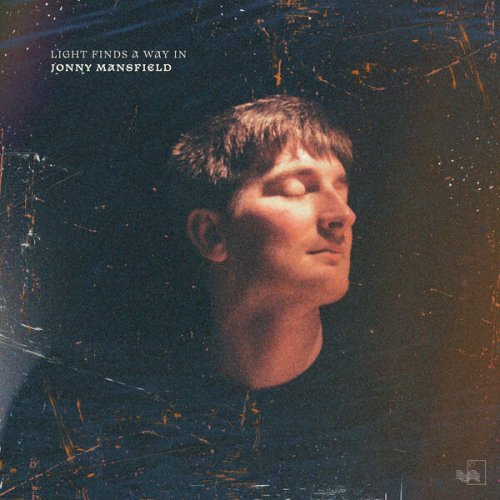
![Machito and His Orchestra - Irving Berlin in Latin America (Remastered Edition 2025) [Hi-Res] Machito and His Orchestra - Irving Berlin in Latin America (Remastered Edition 2025) [Hi-Res]](https://www.dibpic.com/uploads/posts/2025-12/1765784965_moib.jpg)
